12 Cities Where Tourists Aren’t Welcome + 5 I’ll Avoid Forever
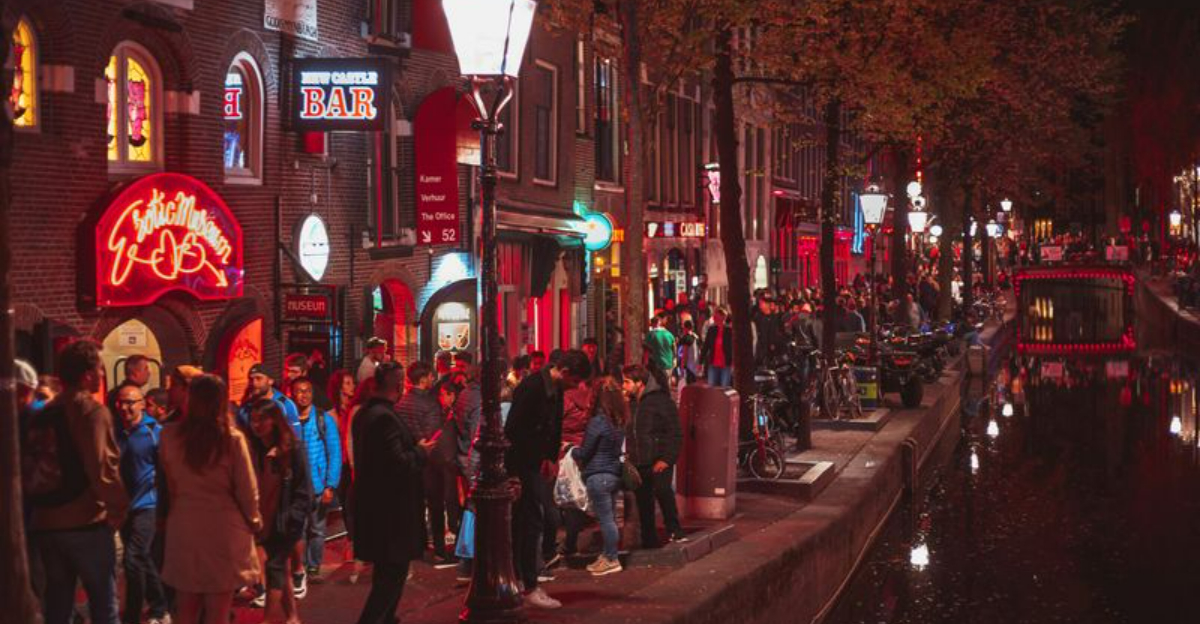
Have you ever felt like an unwanted guest in a foreign city? While most destinations rely on tourism for economic growth, some places have become so overwhelmed by visitors that locals are pushing back. Overcrowding, rising housing costs, and environmental damage have turned hospitality into hostility in several famous destinations.
I’ve experienced both sides of this coin – cities that actively discourage tourists and places I personally refuse to revisit based on my own disappointing experiences.
1. Barcelona’s Breaking Point
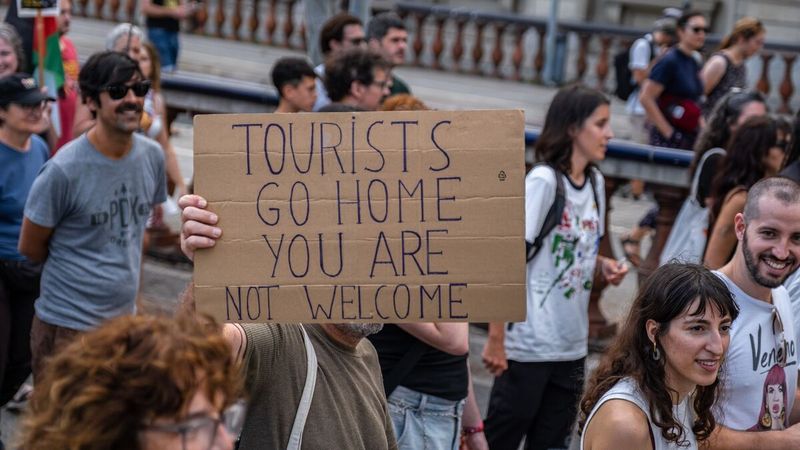
Locals in this Spanish hotspot have had enough of the tourist invasion. Graffiti reading “Tourists Go Home” appears regularly on walls throughout the city, while residents stage protests against vacation rentals that drive up housing costs.
My walk through La Rambla last summer felt like navigating an amusement park rather than experiencing authentic Barcelona culture. The city has responded by limiting new hotel licenses and restricting short-term rentals.
Barcelona’s mayor even suggested a tourist tax increase to control visitor numbers. When Catalans wave anti-tourism banners rather than welcome signs, it’s clear this Mediterranean gem is reaching its breaking point.
2. Venice’s Sinking Spirit
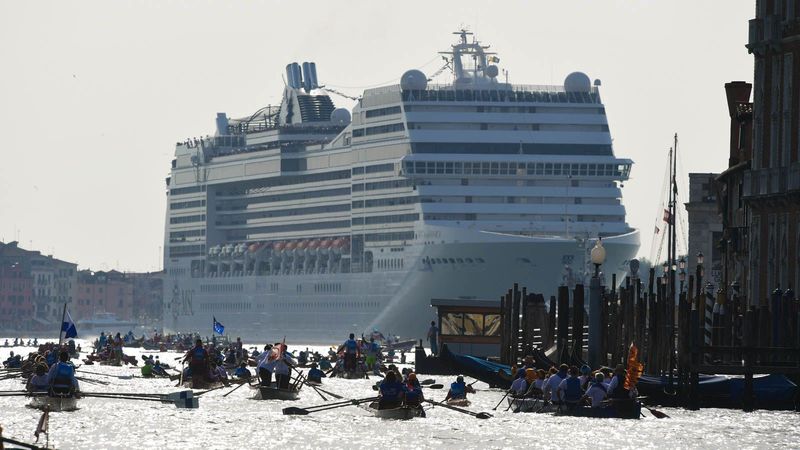
Floating through Venice’s canals might seem romantic, but the reality is far from a fairytale for locals. Massive cruise ships disgorge thousands of day-trippers who crowd narrow streets but contribute little to the local economy since they sleep and eat on board.
Venetians are literally being pushed out of their own city. The population has plummeted from 175,000 in the 1950s to fewer than 50,000 today, replaced by vacation rentals and souvenir shops.
The city now charges entry fees during peak periods and uses turnstiles to limit access to popular areas. When I visited last May, the hostile glares from residents made it clear tourists were seen as invaders, not guests.
3. Amsterdam’s Tourist Timeout
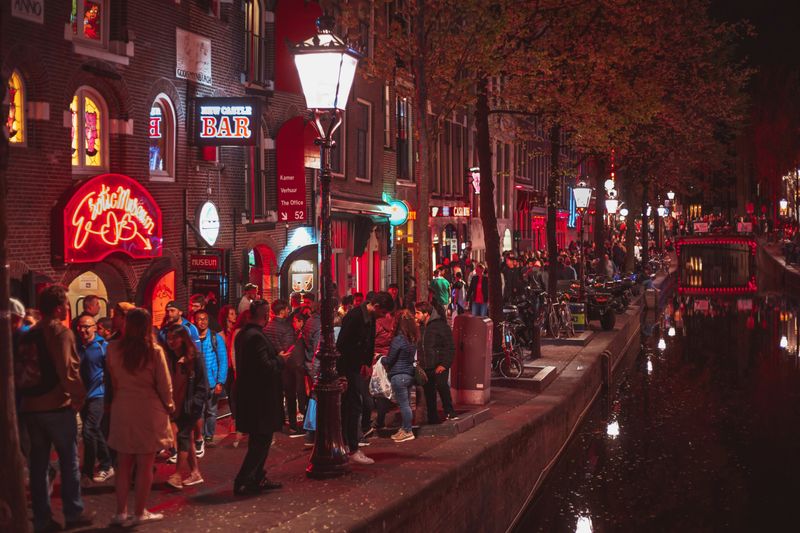
Amsterdam’s charming canals and liberal reputation have attracted hordes of partying tourists, much to locals’ dismay. The city has taken drastic measures, including the “Stay Away” campaign specifically targeting British men planning rowdy bachelor parties.
Walking through the Red Light District reveals the problem – crowds of gawking visitors treating local life like a human zoo. New regulations ban cannabis smoking in public spaces and restrict short-term rentals to just 30 nights annually.
During my visit, I noticed digital signs tracking crowd density and redirecting tourists. Amsterdam doesn’t want to eliminate tourism completely – they just want visitors who respect the city as a living community, not a playground.
4. Kyoto’s Cultural Clash
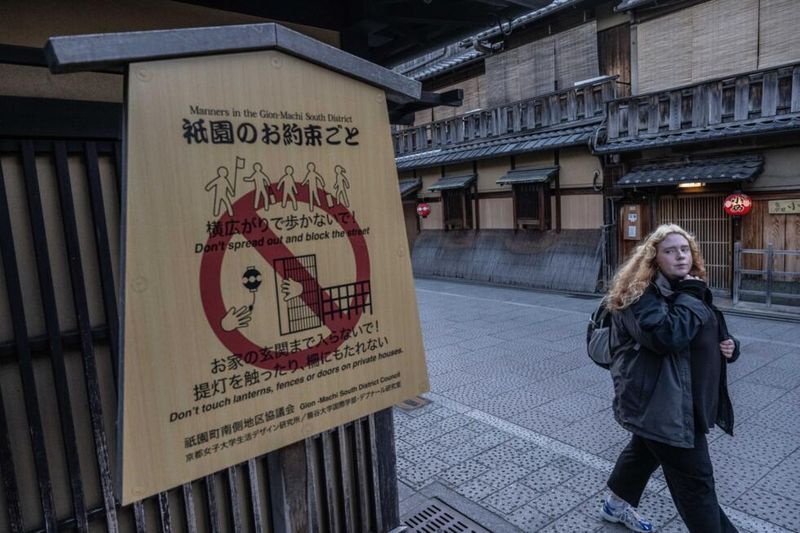
Japan’s ancient capital struggles with preserving its traditional culture amid waves of disrespectful tourists. Local geishas in the Gion district now avoid certain streets due to harassment from photo-hunting visitors who grab their kimono sleeves or block their path.
Signs throughout historic neighborhoods prohibit photography and remind visitors of proper etiquette. The city has even imposed fines of up to 10,000 yen ($70) for photographing geishas without permission.
During cherry blossom season, the atmosphere becomes particularly tense as sacred temples are overrun. My Japanese friend explained that locals increasingly avoid their own cultural sites during peak tourist seasons, feeling like strangers in their hometown.
5. Dubrovnik’s Game of Tourism
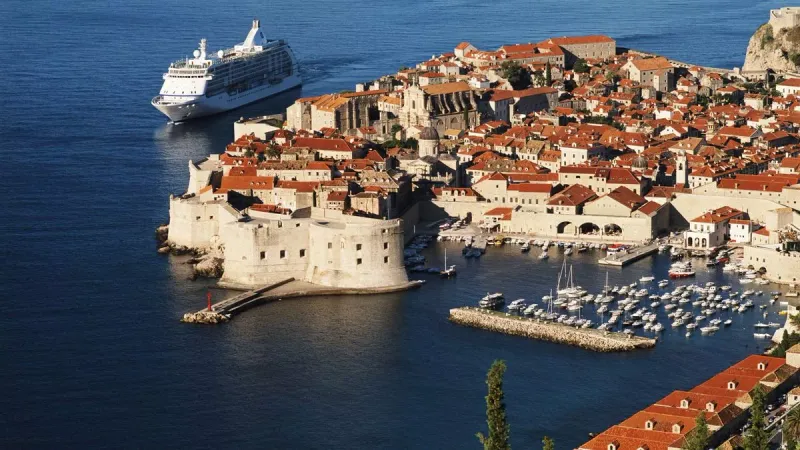
Game of Thrones transformed this Croatian coastal city into a tourism nightmare. The walled Old Town, home to just 1,500 residents, now sees up to 10,000 cruise ship passengers daily during summer months, creating unbearable congestion in narrow medieval streets.
Mayor Mato Franković took radical action by capping cruise ships at two per day and installing cameras to count visitors. When numbers exceed 8,000, authorities begin turning people away – something I witnessed firsthand during my visit in 2022.
Locals told me they’ve stopped entering the Old Town entirely during summer. One restaurant owner explained that while tourism brings money, it’s destroying the very charm that attracts visitors in the first place.
6. Santorini’s Selfie Saturation
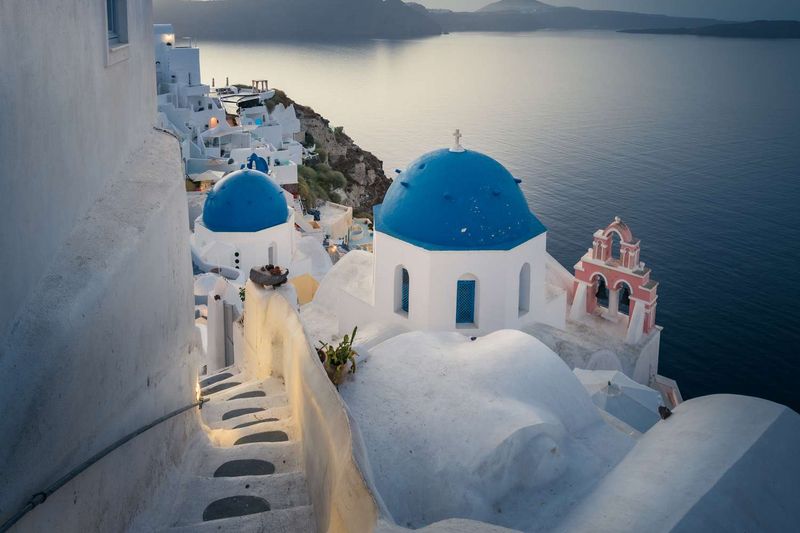
Those picture-perfect white buildings with blue domes have turned Santorini into an Instagram battleground. The small village of Oia becomes nearly impassable during sunset hours as influencers block pathways for the perfect shot.
Local authorities now limit cruise passengers to 8,000 daily after residents complained about water shortages and waste management problems. Shop owners who once welcomed tourists now express frustration at visitors who browse but rarely purchase anything.
My attempt to enjoy a peaceful dinner was ruined by crowds jostling for sunset photos. A Greek resident told me bitterly that his island had become “a theme park where locals are just part of the scenery.” The mayor has introduced time-slot ticketing for popular viewpoints to manage the chaos.
7. Reykjavik’s Natural Resistance
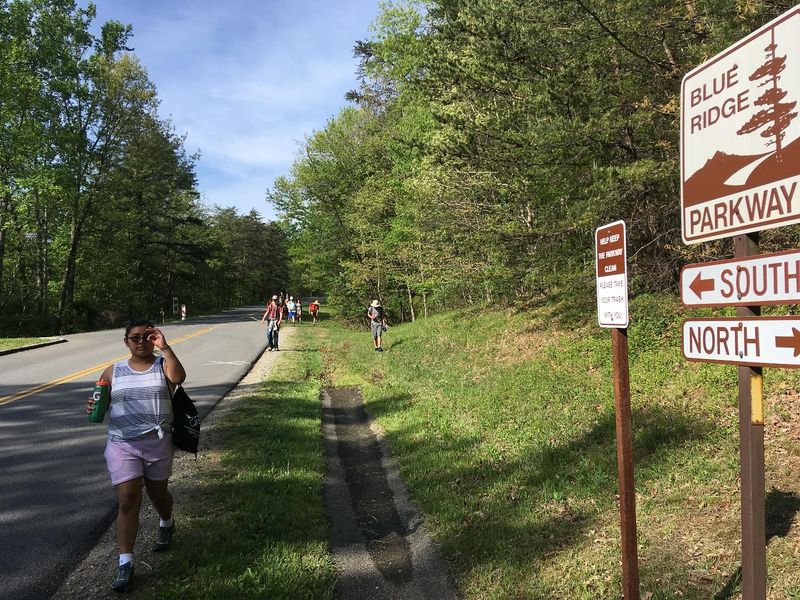
Iceland’s tourism explosion came with serious environmental consequences. Visitors now outnumber residents by nearly seven to one annually, putting immense pressure on fragile ecosystems and limited infrastructure.
Many natural sites have been damaged by careless tourists ignoring barriers or leaving trash behind. The famous Fjaðrárgljúfur canyon temporarily closed after Justin Bieber featured it in a music video, causing visitor numbers to skyrocket from 150,000 to 282,000 in just one year.
While exploring Iceland’s Ring Road, I encountered multiple signs warning tourists about proper behavior. One local told me bluntly: “We welcome respectful visitors, but we’re tired of rescuing tourists who ignore safety warnings then expect our small rescue teams to save them.”
8. Bali’s Paradise Lost
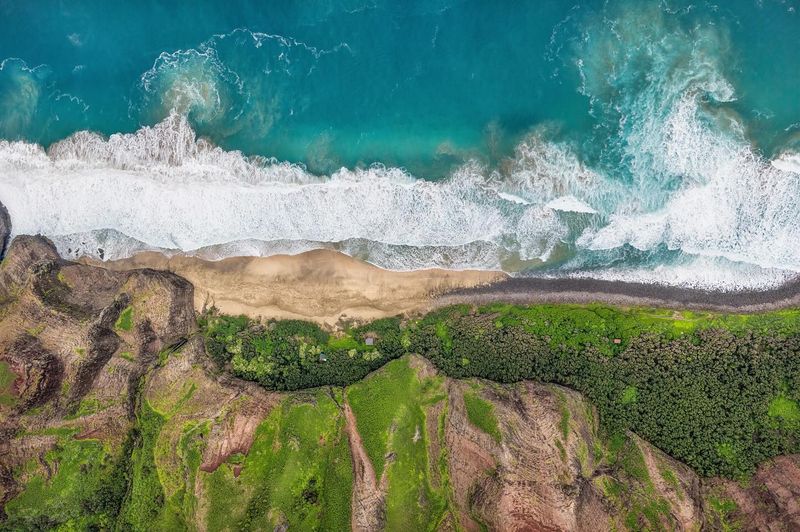
Behind the spiritual wellness retreats and beach clubs lies growing local resentment. Balinese authorities recently introduced a tourist tax to combat overtourism and help preserve the island’s unique culture threatened by commercialization.
Water shortages have become severe as luxury resorts consume resources needed by local communities. Rice farmers struggle as traditional land is converted to tourist accommodations.
During my stay, a ceremony at Uluwatu Temple was disrupted by tourists ignoring signs requesting quiet observation. A Balinese guide explained that sacred rituals increasingly feel like performances staged for visitors rather than authentic spiritual practices. The recent deportation of disrespectful foreign visitors signals Bali’s changing attitude toward tourism.
9. Maya Bay’s Mandated Recovery
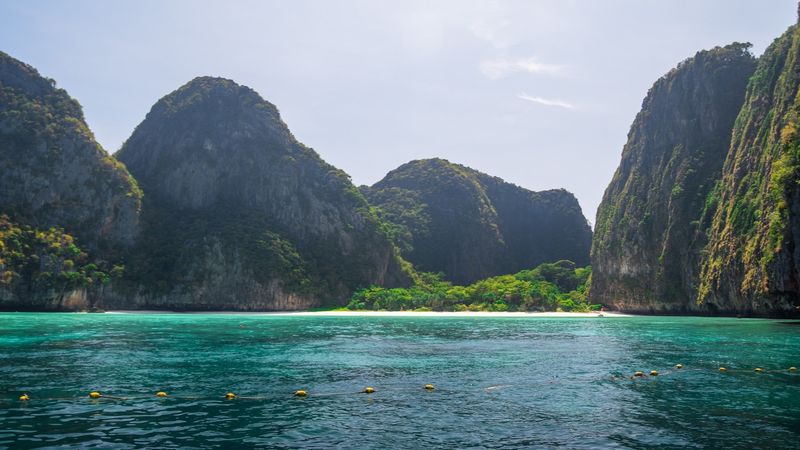
Made famous by Leonardo DiCaprio’s film “The Beach,” this Thai paradise became a cautionary tale of tourism gone wrong. Up to 5,000 visitors and 200 boats would crowd the tiny bay daily, destroying coral reefs and marine life.
Thai authorities made the unprecedented decision to close Maya Bay completely for three years to allow ecological recovery. When I visited after its limited reopening, strict new rules were in place – no swimming, limited daily visitors, and boats must dock at a back entrance.
Local tour operators expressed mixed feelings about the restrictions. While they lost income during the closure, many acknowledged that without intervention, there would soon be nothing left to see. Maya Bay now symbolizes both the damage mass tourism can cause and the difficult choices needed to reverse it.
10. Bhutan’s Quality Over Quantity
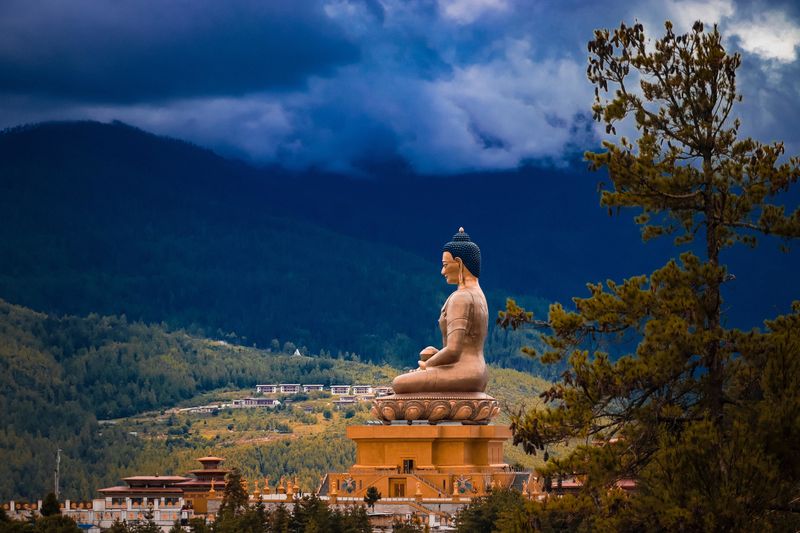
Unlike other destinations that developed tourism then tried to control it, Bhutan deliberately limits visitors through its “High Value, Low Impact” policy. Foreign tourists must pay a Sustainable Development Fee of $200 per person per day – recently raised from $65 to further discourage mass tourism.
This Himalayan kingdom measures success by Gross National Happiness rather than GDP. When I visited, my guide explained that tourism should benefit Bhutanese people without compromising their cultural identity or environment.
While not actively hostile to tourists, Bhutan’s approach clearly values preservation over profit. The message is clear: visitors are welcome but on Bhutan’s terms. This selective approach ensures those who do visit genuinely appreciate the country’s unique culture rather than treating it as just another destination to check off.
11. Barcelona’s Airbnb Backlash
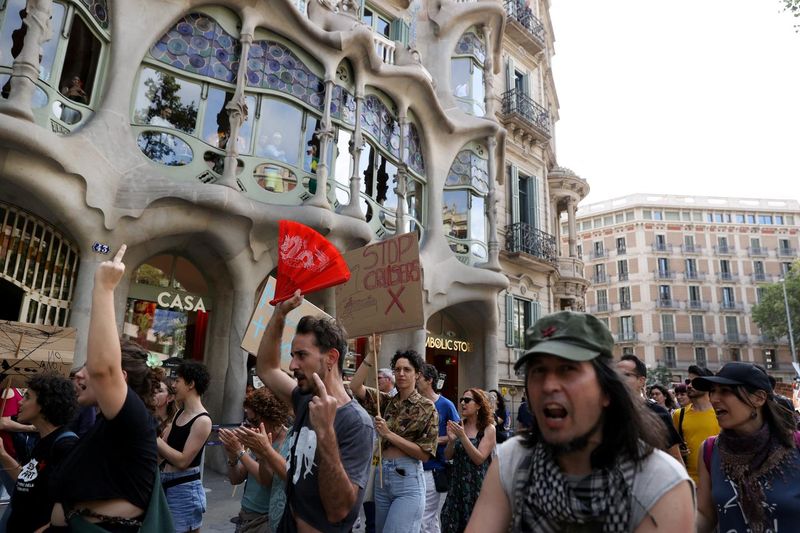
Barcelona residents have taken direct action against vacation rentals driving up housing costs. I witnessed apartment buildings with banners declaring “Tourists Go Home, Neighbors Welcome” and anti-Airbnb graffiti throughout residential neighborhoods.
The housing crisis has pushed locals to protest against tourism that benefits international investors rather than residents. City authorities responded by freezing new short-term rental licenses and fining platforms listing unlicensed properties.
A local teacher told me her entire apartment building had gradually converted to tourist accommodations, forcing her to move farther from work. Barcelona’s message is increasingly clear: tourism should support local communities, not displace them. The city now focuses on attracting “quality tourism” – visitors interested in culture and gastronomy rather than cheap beer and beaches.
12. Paris’s Prickliness
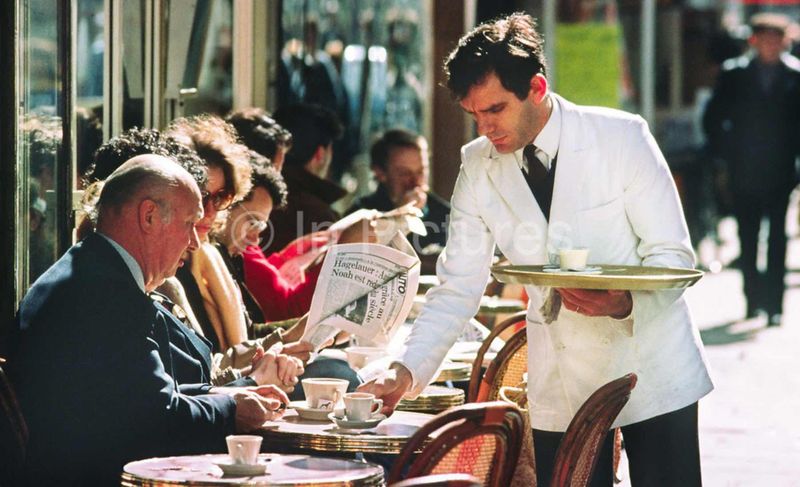
My first trip to Paris left me swearing never to return. The stereotype about rude Parisians proved painfully accurate during my week-long stay. Basic attempts at French were met with eye-rolling, and service industry workers seemed actively annoyed by my presence.
Asking for directions near the Eiffel Tower, a local snapped, “It’s the giant metal structure – how can you miss it?” Even museum staff appeared irritated by basic questions despite tourism being central to the city’s economy.
While Paris officially welcomes visitors, the day-to-day reality feels unwelcoming. Friends suggest I simply encountered the famous Parisian aloofness, but when spending hard-earned vacation money, I prefer destinations where tourists aren’t treated as inconveniences. The City of Light left me feeling distinctly unwelcome.
13. Cairo’s Constant Hassle
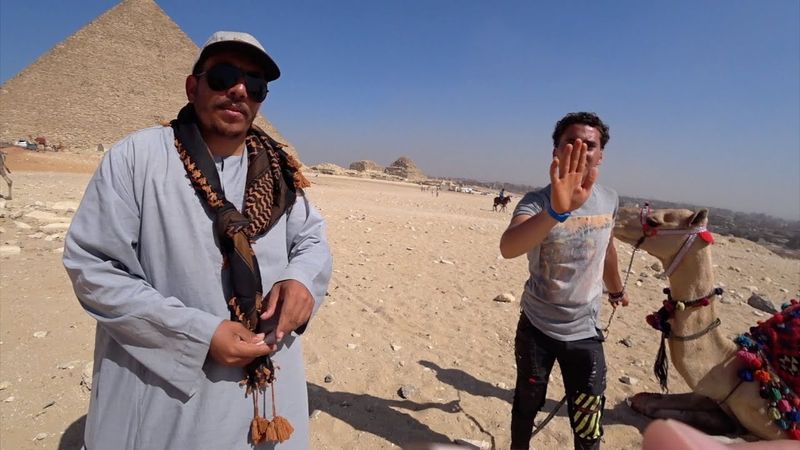
My Egyptian adventure quickly turned exhausting due to relentless scams and harassment. From the moment I left my hotel, touts swarmed me with aggressive sales pitches for camel rides, papyrus, and tours – often following for blocks despite clear refusals.
Visiting the pyramids became a gauntlet of hands reaching for baksheesh (tips) for services I never requested. When I finally reached Giza, self-appointed “guides” demanded payment for information I hadn’t asked for, becoming hostile when refused.
Female travelers in my group faced additional harassment. While Egypt’s historical treasures are magnificent, the constant psychological warfare from scammers made relaxation impossible. I left feeling like a walking wallet rather than a welcomed visitor, and won’t subject myself to that atmosphere again.
14. Cancun’s Cartel Concerns
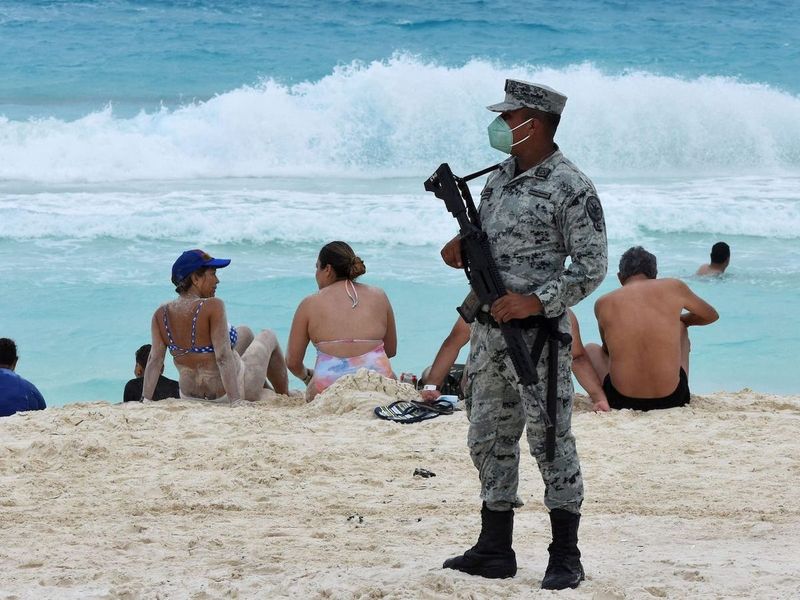
Mexico’s popular beach destination disappeared from my travel list after reports of increasing cartel activity. Recent shootings at resorts and restaurants frequented by tourists signal a worrying trend in the once-safe tourist zone.
Friends who visited recently described military checkpoints and a heavy police presence that hardly created a relaxing vacation atmosphere. Even staying within resort boundaries no longer guarantees safety from drug-related violence that occasionally spills into tourist areas.
While many visitors still enjoy trouble-free vacations in Cancun, I’m not willing to gamble with personal safety. Mexican tourism officials downplay the dangers, but travel advisories from multiple countries suggest legitimate concerns. I’ll admire those turquoise waters from afar until the security situation substantially improves.
15. Manila’s Maddening Chaos
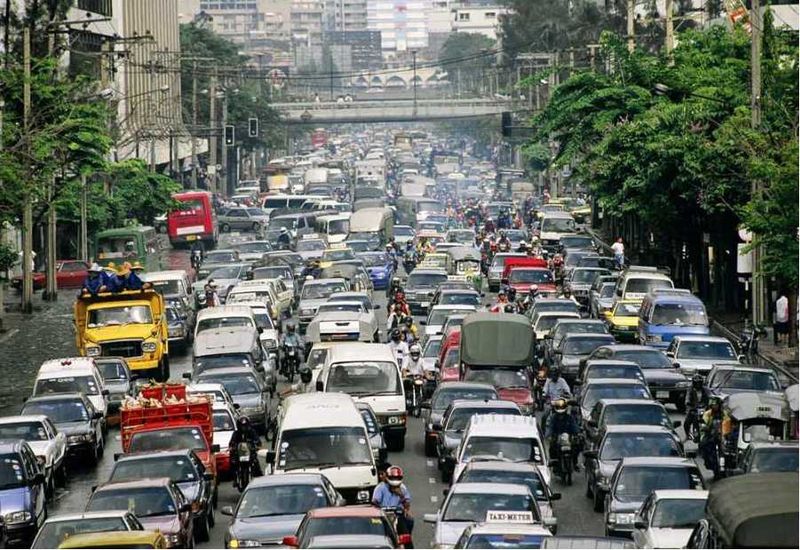
My brief stopover in the Philippines’ capital convinced me never to return. Manila’s notorious traffic turned what should have been a 15-minute journey into a two-hour nightmare of exhaust fumes and honking horns.
Extreme poverty exists alongside luxury developments, creating an atmosphere of tension. Street children approached my taxi at every stoplight, tapping windows for money. While I understand the economic realities, the constant psychological burden of navigating such stark inequality was overwhelming.
Safety concerns further dampened the experience, with locals and hotel staff warning against walking even short distances. Manila has many hardworking people trying to improve their city, but as a tourist destination, the combination of pollution, traffic, poverty, and crime creates an experience I’m not eager to repeat.
16. Marrakech’s Merchant Mayhem
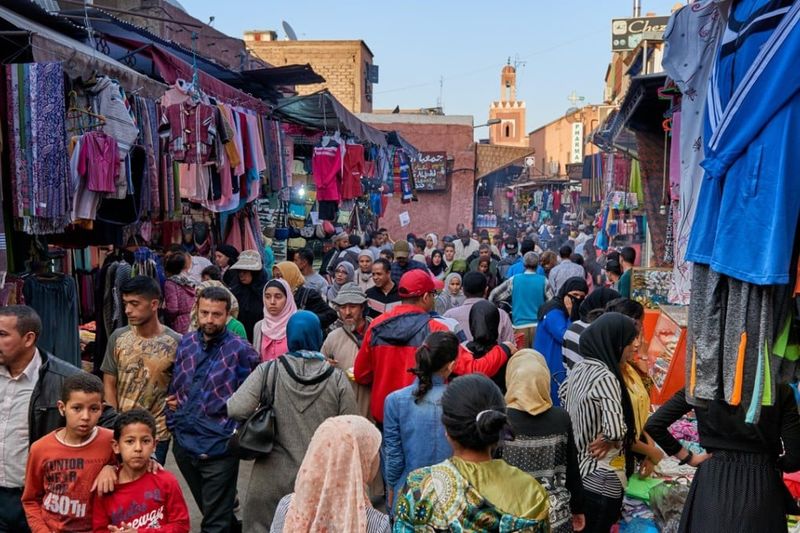
Morocco’s famous market city left me with beautiful photos but bitter memories. The labyrinthine medina became a claustrophobic nightmare as shopkeepers physically blocked my path until I looked at their wares, sometimes grabbing my arm to prevent walking away.
Photography resulted in demands for money, even for street scenes without people. When I purchased items, the agreed price mysteriously changed at payment time, leading to uncomfortable confrontations.
Female travelers in our group faced constant harassment despite modest dress. While Marrakech offers incredible architecture and history, the psychological toll of constant vigilance against scams and aggressive selling tactics ruined any potential enjoyment. Some travelers thrive in such environments, but I prefer vacation without feeling like prey.
17. Naples’ Notorious Neglect
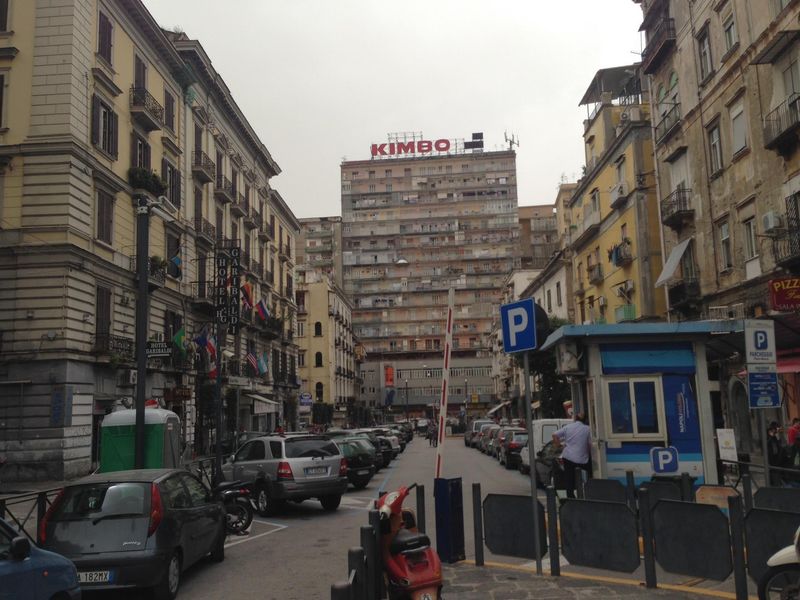
Italy’s gritty southern city promised authentic experiences but delivered mostly anxiety. Garbage piled on streets created both eyesores and stomach-turning smells in summer heat. Locals warned me repeatedly about pickpockets, creating constant tension even in tourist areas.
Mafia influence remains evident in neglected infrastructure and abandoned buildings. While attempting to photograph historic architecture, I was approached by men demanding payment for “protection” of my camera equipment.
Public transportation proved unreliable and uncomfortable, with crowded buses that rarely followed schedules. Naples certainly offers authentic Italian culture away from sanitized tourist experiences, but that authenticity includes problems I’d rather not encounter on vacation. The city’s famous pizza couldn’t compensate for the constant stress of navigating its challenges.
